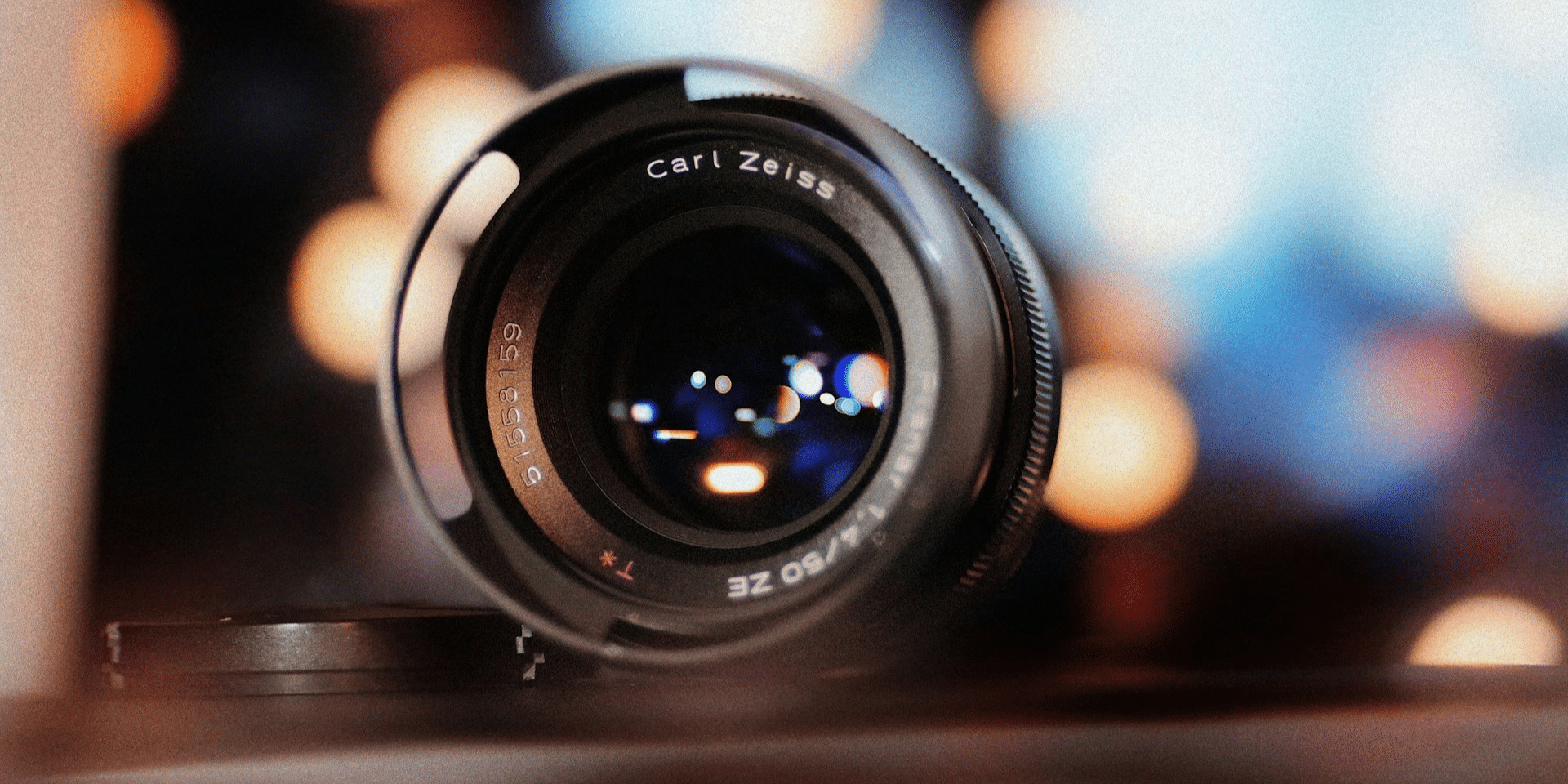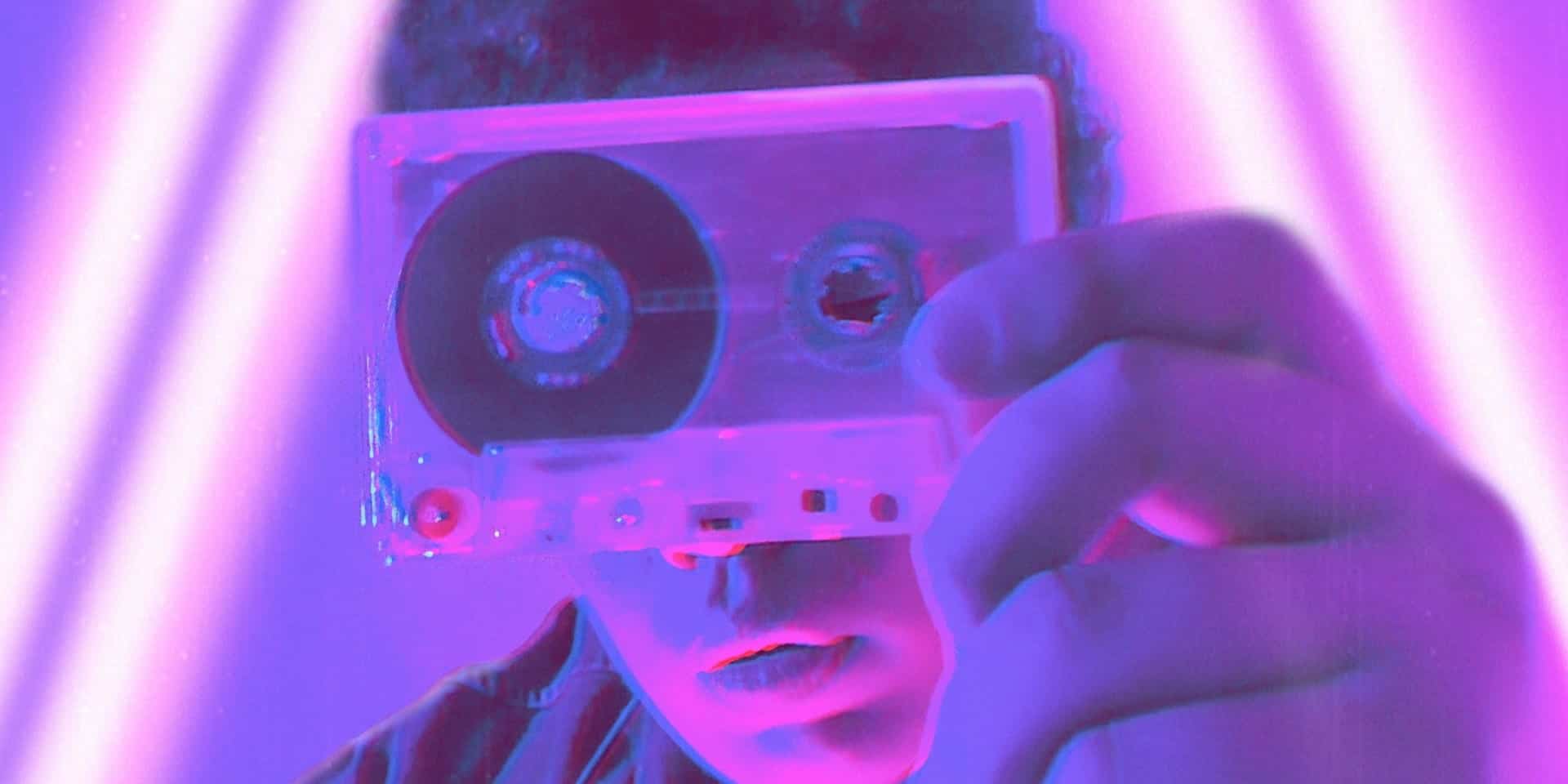From the earliest days of photography to the modern era of high-definition video, the evolution of lenses has had a profound impact on the world of entertainment. Whether it’s capturing captivating images on the big screen or immersing viewers in virtual reality experiences, the lenses used in cameras and other optical devices play a crucial role in shaping the way we experience entertainment. In this article, we’ll explore how the evolution of lenses has transformed the entertainment industry and revolutionized the way we see the world.
Early Days of Photography
The history of lens evolution in entertainment can be traced back to the early days of photography. In the 19th century, pioneers like Louis Daguerre and William Henry Fox Talbot experimented with primitive camera obscuras and lens-based cameras to capture the world around them. These early lenses, typically made from simple glass elements, allowed photographers to create the first photographic images, laying the foundation for the future of visual storytelling.
Advancements in Film and Cinema
The invention of motion picture film in the late 19th century marked a significant milestone in the evolution of lenses and entertainment. Early filmmakers like Georges Méliès and the Lumière brothers used basic lenses to capture moving images and project them onto screens for audiences to enjoy. As the film industry grew, so too did the demand for more advanced lenses capable of capturing sharper images, wider angles, and greater detail. Innovations such as zoom lenses, anamorphic lenses, and wide-angle lenses transformed the way films were shot and experienced, ushering in a new era of cinematic storytelling.
Television and Broadcast Media
The advent of television in the mid-20th century brought about further advancements in lens technology and entertainment. Television cameras and broadcast lenses allowed for the live transmission of news, sports, and entertainment programming to audiences around the world. As television technology evolved, so too did the lenses used to capture and broadcast images, resulting in higher-quality broadcasts and more immersive viewing experiences for viewers at home.
Digital Imaging and Visual Effects
The rise of digital imaging technology in the late 20th century revolutionized the way images were captured, processed, and manipulated in the entertainment industry. Digital cameras and computer-generated imagery (CGI) opened up new possibilities for filmmakers, allowing them to create stunning visual effects and immersive virtual worlds that were previously impossible to achieve with traditional lenses. Advances in lens design and manufacturing techniques further enhanced the capabilities of digital cameras, enabling filmmakers to capture ultra-high-definition images with greater clarity and precision than ever before.
Virtual Reality and Immersive Experiences
In recent years, the evolution of lenses has played a key role in the development of virtual reality (VR) and augmented reality (AR) technologies, which are revolutionizing the way we experience entertainment. VR headsets use specially designed lenses to immerse users in interactive virtual worlds, while AR devices overlay digital information and graphics onto the real world. These advanced lenses are capable of providing a wide field of view, high-resolution imagery, and minimal distortion, creating a truly immersive and lifelike experience for users.
Future Trends and Innovations
Looking ahead, the future of lens evolution in entertainment promises even more exciting advancements and innovations. From ultra-high-resolution cameras capable of capturing images with unprecedented detail to compact lenses that can be integrated into wearable devices, the possibilities are endless. As technology continues to evolve, we can expect to see further convergence between traditional entertainment mediums such as film and television and emerging technologies like VR, AR, and mixed reality (MR), creating new and immersive entertainment experiences for audiences worldwide.
In conclusion, the evolution of lenses has had a profound impact on the world of entertainment, shaping the way we capture, create, and experience visual content. From the early days of photography to the modern era of digital imaging and virtual reality, lenses have played a crucial role in transforming the way we see the world and tell stories. As technology continues to advance, we can expect to see further innovations in lens design and manufacturing, opening up new possibilities for filmmakers, content creators, and audiences alike. Whether it’s capturing breathtaking images on the big screen or immersing viewers in virtual worlds, the evolution of lenses continues to push the boundaries of what’s possible in entertainment.







